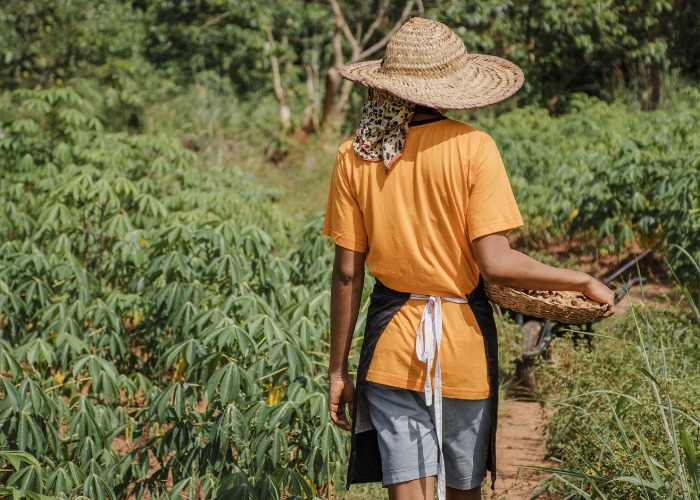The “backbone” of food security in AfricaBY PIETRO PAGANINI
- 12 March 2024
- Posted by: Competere
- Categories: highlights, Media, News, SUSTAINABLE NUTRITION

On Tuesday, March 9th, L’Osservatore Romano – the official newspaper of Vatican City – published an article by Pietro Paganini on the role of smallholders in Africa. According to the World Food Programme, small farmers are essential because they produce 90 percent of the continent’s food.
Below, you can read the English translation of the article.
In this regard, the case of palm oil deserves reflection: a controversial agricultural raw material for commercial and political reasons in the West, but in Africa and tropical regions of Southeast Asia and Central America, it represents both the primary source of saturated fats, a fundamental nutrient for a diet, and an employment and development pool for millions of small farmers. In Indonesia, for example, more than 6 million smallholders are engaged in palm oil cultivation. Let’s focus on two opposite cases: Nigeria and Angola.
The first has established itself as one of the global majors in oil palm cultivation. With 1.4 million tons of palm oil produced in 2023 – a figure confirmed in the two previous years – Nigeria ranks among the top five in the market, following Indonesia, Malaysia, Thailand, and Colombia.
Angola, on the other hand, is a mirror image. The seventh largest African country by extension, with a population of 31 million inhabitants (2021) and an annual growth rate of 3.5%, the country also boasts a rich territory in terms of mineral reserves and the fertility of its agricultural land. However, after a long civil war, only 3% of potentially arable land is cultivated. The precarious food security of the population is thus dependent on imports, including palm oil, of which the country is a net importer (188,000 tons in 2020). The government of Luanda is committed to reducing its dependence on foreign markets in this regard, but it takes time. In the context of agricultural land abandonment, major players in the palm oil supply chain have no interest in investing. The lands designated for palm oil production have not increased significantly in recent years: 23,000 hectares for a production of about 57,000 tons. The only positive aspect of this stagnation is that it has not affected the deforestation process.
Despite their opposing positions, there are commonalities between these two countries, particularly in the political context. Unfortunately, we are talking about unstable nations experiencing guerrilla phenomena.
On a positive note, both agricultural models see smallholders as the “backbone for African food security,” in the words of the WFP. However, both Angola and Nigeria have yet to ratify the 2018 African Continental Free Trade Area agreement, which aims to create an immense common market across the entire continent. This would provide virtuous tax advantages for the trade balances of both countries and, more importantly, allow small farmers to escape subsistence conditions, not to mention the possibilities for social redemption.
In this regard, consider the story of Father Federico Trinchero, who, in his mission in the Central African Republic, rescued 500 militants from the guerrilla and retrained them as palm oil cultivators.
There is also a need for land recovery and professional training. It is worth noting that the agronomist-farmer ratio in Angola is 1 per 5,700, while in Nigeria, it is 1 per 1,000. By addressing both issues, greater productivity and a concrete ability to protect against potential product shortages and price spikes could be achieved. This is the principle of food security.
